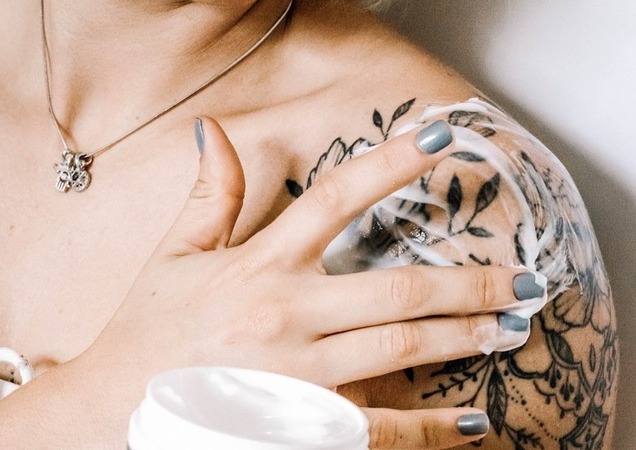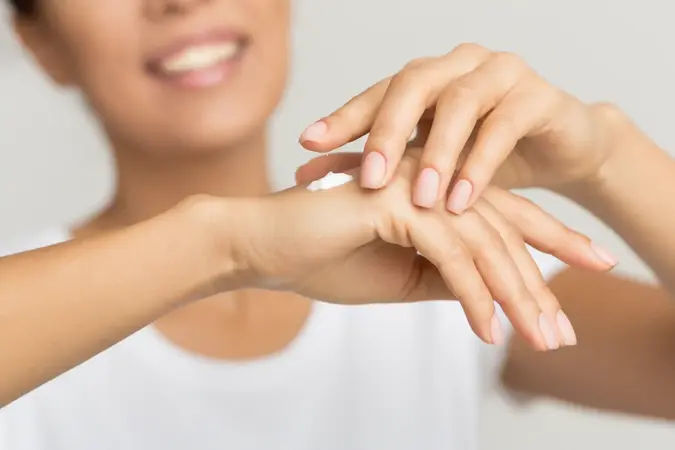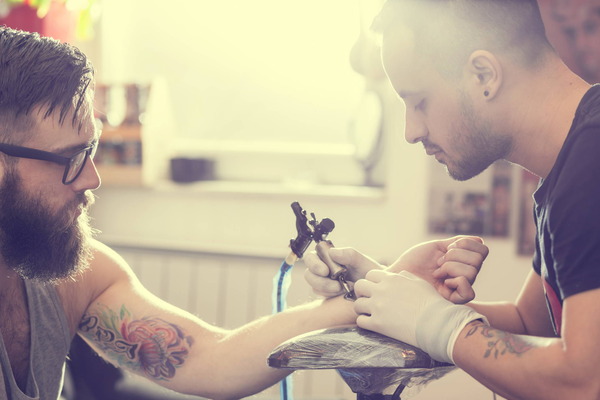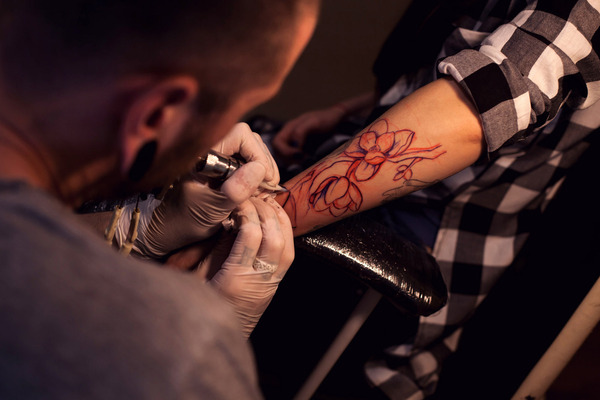Getting a tattoo can be an exciting experience, but the pain associated with the process can be daunting. Luckily, tattoo numbing creams can help. In this comprehensive guide, we will explain how to use tattoo numbing cream for a pain-free experience and answer all your burning questions about Tattoo Numbing Cream.
Tattoo Numbing Cream for a Pain-Free Experience?-The Answer
[su_note note_color=”#D3D3D3″ radius=”6″]Using a numbing cream during a tattoo can be a great help. These topical anesthetics temporarily block nerve signals in the skin, reducing pain during the tattooing process. This cream provides relief, allowing you to withstand the discomfort of longer appointments.[/su_note]

WHAT IS TATTOO NUMBING CREAM?
Using a numbing cream during a tattoo can be a great help. These topical anesthetics temporarily block nerve signals in the skin, reducing pain during the tattooing process. This cream provides relief, allowing you to withstand the discomfort of longer appointments. From personal experience, applying a numbing cream makes the session more bearable and relaxed.
How does tattoo numbing cream work?
Getting a tattoo can be painful, especially in sensitive areas like the inner arm or rib cage. To ensure a pain-free experience, use numbing creams and ointments. Simply apply the numbing cream to the tattoo area before your session.
The active ingredient, lidocaine, is a local anesthetic that blocks pain signals at the nerve endings in your skin. Commonly used in minor medical procedures, it’s safe and doesn’t cause unconsciousness. This way, you can enjoy your tattoo comfortably.
How long does tattoo numbing cream last?
Tattoo numbing cream, if applied properly, lasts about 4-6 hours. For large tattoos like half or full sleeves and chest or back tattoos that require longer sessions, take a short break and reapply the cream as needed.
How do you apply numbing cream to a tattoo?
The day before
The numbing cream process begins a whole day before your appointment. Spot test the cream on the area to be tattooed the next day to check your skin’s reaction. Some minor localized redness is normal.
Avoid drinking alcohol, beer, or milk for at least 24 hours before your appointment to avoid reducing the effectiveness of the cream and causing pain or other negative side effects.
The day of
1. Wash & exfoliate the area
Use soap, water, and an exfoliator to remove any dirt or dead skin from the tattoo area. Be thorough to ensure no debris is left behind, as this can reduce the effectiveness of the numbing cream.
2. Apply thoroughly with a glove
Apply the numbing cream at least 60-90 minutes before your appointment. Be sure to use a glove to prevent numbness on your fingers and hand. Apply a thick amount (about 3mm) to the area and rub thoroughly. It should be thick enough to see on your skin, not rubbed in like lotion or sunscreen.
3. Cover with plastic wrap
Cover the entire tattoo area with saran or plastic wrap. This prevents the numbing cream from drying out and keeps debris from entering. Leave the wrap on until your artist is ready to begin.
4. Wait to sit
For our Signature and Signature Numbing Cream, we recommend waiting at least 60-90 minutes after applying for the best results. Keep the area covered until your session begins.
5. Enjoy your tattoo pain-free
When you and the artist are ready, remove the wrap and wipe away the numbing cream with a paper towel. Even though the cream is gone, you will still experience full numbness, allowing the artist to proceed without distraction.
One dosage usually lasts 4-6 hours. For larger tattoos that require more time, reapply the numbing cream. Use a glove to apply a thick amount to the remaining area, cover for 20-40 minutes, then resume. With the skin already open, numbing occurs faster.
Frequently Asked Question
Can you feel a tattoo with numbing cream?
Using numbing cream reduces discomfort during a tattoo, but you may still feel some sensation or residual discomfort. It’s crucial to communicate with your tattoo artist so they can adjust their technique as needed for your comfort. From experience, clear communication ensures a smoother tattooing process tailored to your needs.



